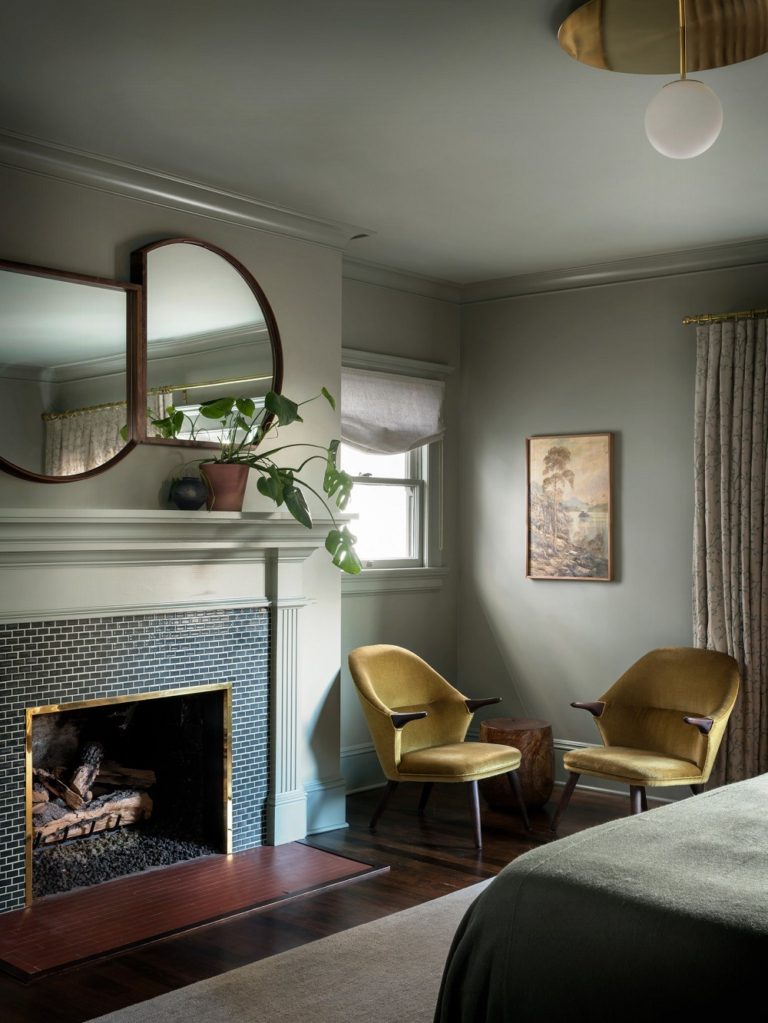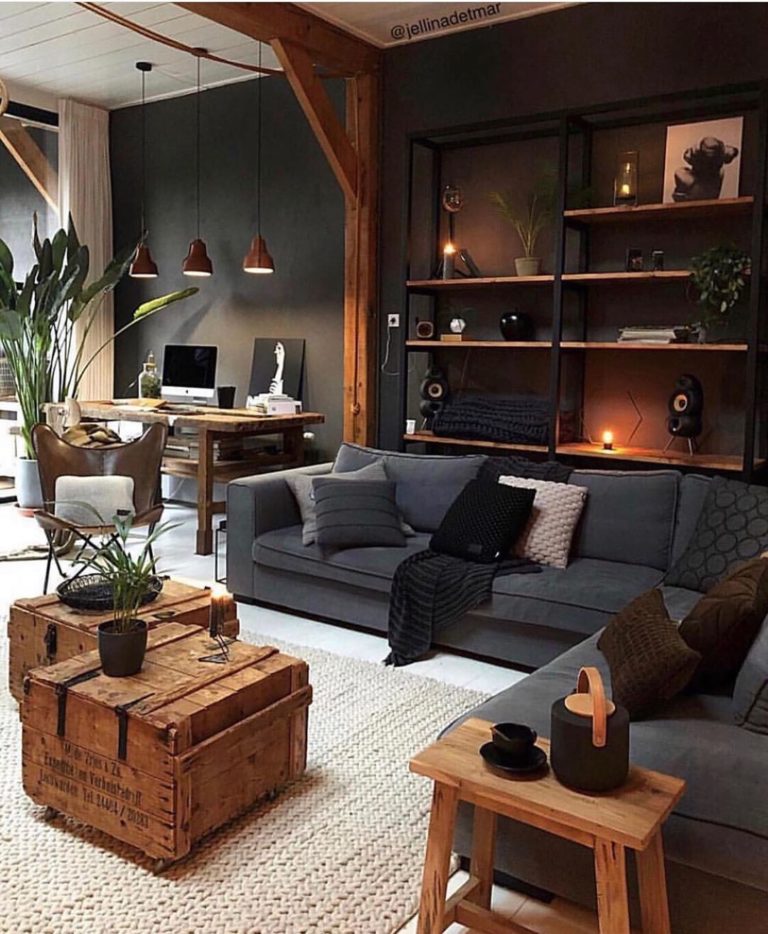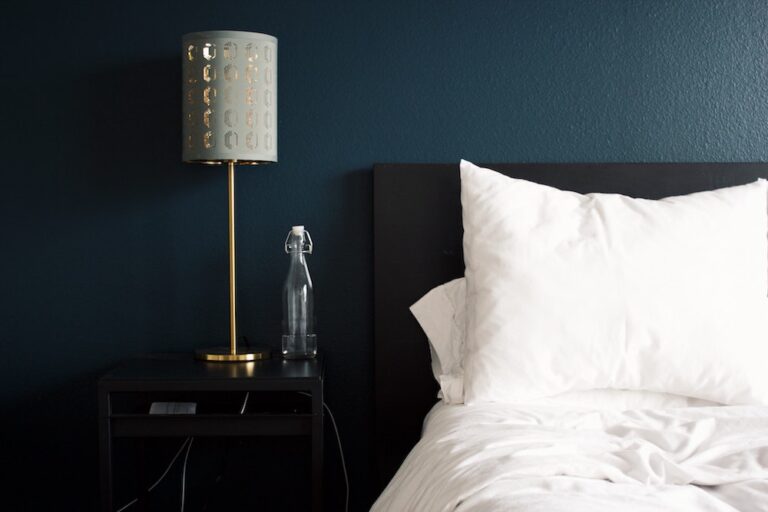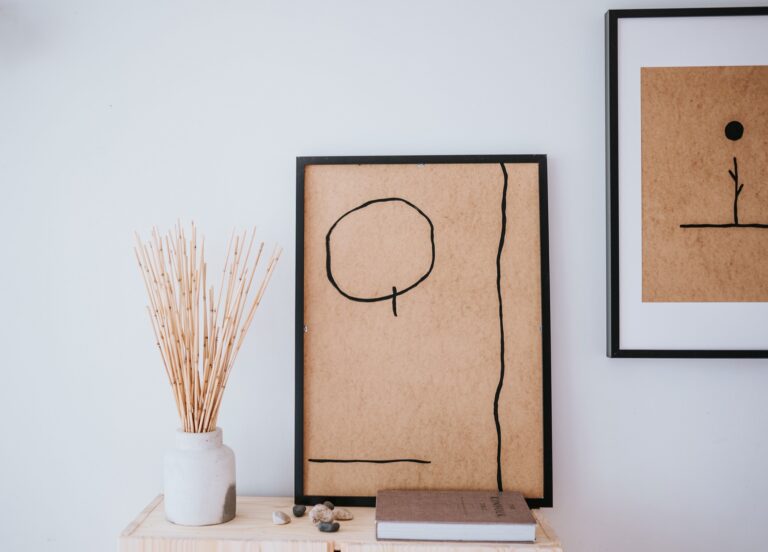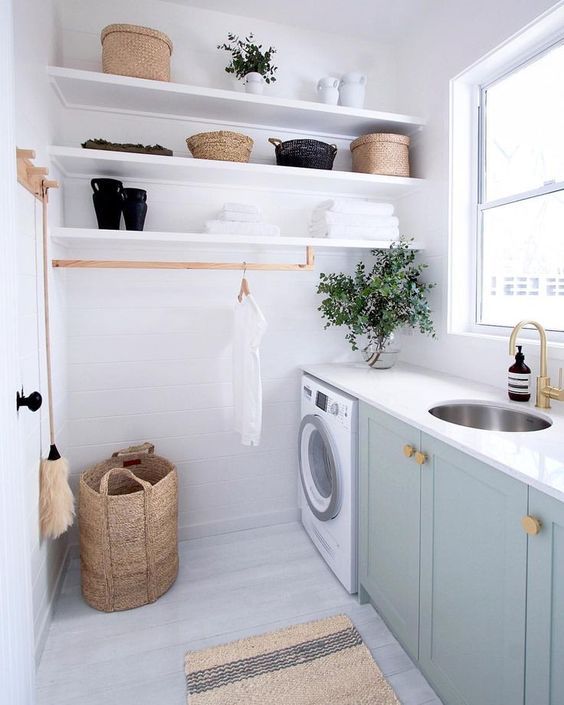How to Redecorate After a Flood
The aftermath of flooding is never fun to deal with, especially when your home is damaged. Flood damage can be caused by a number of reasons, including storm surges, excessive rain from intense storms and hurricanes, burst pipes or rapidly melting snow. Whatever the case, the damage after such an event is usually extensive, and the remodeling and redecorating process can seem like a daunting journey ahead of you. Here are some tips on how to redecorate after a flood.

Prepare for devastation
Unfortunately, with water damage after a flood, the damage can be extensive. If you’re returning to your home to check what happened, try to mentally prepare yourself for what you will find. There isn’t really a way to properly prepare yourself for how it will feel, but it’s better to set realistic expectations in your mind. Depending on the severity of the flood, all your belongings could be lost.
Dry everything out
The first step you should take when you see the damage is to dry out your space. It’s so critical to take swift action on this so you can get all the moisture out and prevent further deterioration or mold damage. You should also call disaster cleanup professionals like The Fire & Water Damage Pros for emergency assistance. Local restoration companies can help you remove any soaked furniture and carpet and help dry out your home.
You can make moves to dry it out as well by turning up the air conditioning or heat and—depending upon what time of year it is—opening all the windows.
Call your insurance company
Another important step is to get in touch with your insurance company and get them to send an adjuster as soon as possible. Your adjuster will assess the damage and take note of any steps you’ve taken to dry out your home. They could also help prep you for your disaster insurance claim if applicable. Replacing your furnishings will be costly, so work closely with your adjuster and stay informed about your claim.
Check for mold
Do a thorough inspection of everything once it has dried out to see if there are any black mold spores growing. You can also call an inspector to take samples from the drywall or ceiling to check for spores inside the walls or ceiling. Before starting construction or renovations, make sure you wait until you know if any drywall needs to be torn down because of mold.
Start your renovations
Once you’ve been given the green light from the inspector about the mold, you can start to renovate and rebuild your life as it was. It’s also a good chance to make any upgrades you’ve been wanting to do for a while, for example, if you wanted to remove wood paneling or get rid of a stippled ceiling or wall. Just be sure to watch your budget to make sure your renovations and upgrades aren’t pushing you too far.
The end result may seem like it’s far away, but after all is said and done, you will end up with a space you love even more than before because you’ve put in the effort into putting it all back together.


